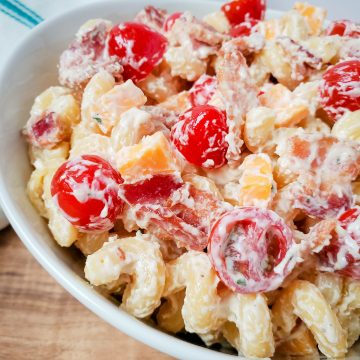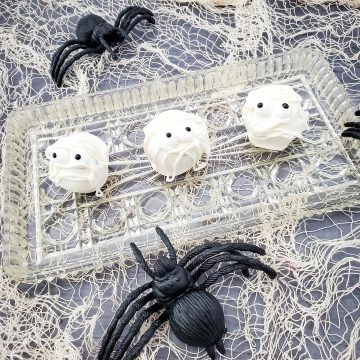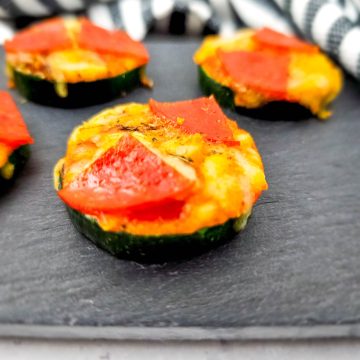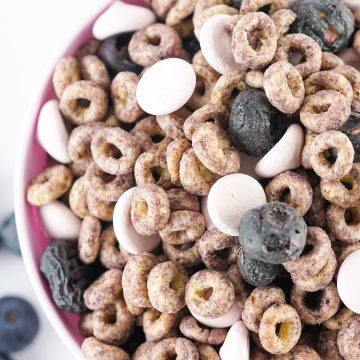Pairing wine with very sweet desserts presents a unique challenge due to the need to balance the sweetness levels without overwhelming the palate.

When done correctly, the right wine can enhance the flavors of the dessert, creating a harmonious and delightful dining experience.
Understanding the dynamics between the sweetness of the wine and the dessert is crucial for achieving this balance.
Sweetness in Wine and Desserts
Sweetness in wine is primarily determined by the residual sugar left after fermentation. Wines range from dry (with little to no residual sugar) to very sweet (with high residual sugar).
The sweetness level can be influenced by the type of grapes used, the fermentation process, and any additional sweetening methods.
Desserts can vary widely in sweetness, from the subtle sweetness of a fruit tart to the intense sweetness of a chocolate lava cake. The key to pairing is to match or slightly exceed the sweetness of the dessert with the wine, ensuring that the wine’s flavors are not overshadowed by the dessert’s sweetness.
If the wine is not sweet enough compared to the dessert, it can taste bitter or sour. Conversely, if the wine is too sweet, it can overpower the dessert and lead to an overly cloying experience. The goal is to find a balance that allows both the wine and dessert to complement each other.
Rule of Thumb for Pairing: Wine Should Be Sweeter Than the Dessert
One of the fundamental rules for pairing wine with sweet desserts is that the wine should be at least as sweet as, if not sweeter than, the dessert. This ensures that the wine’s flavors remain prominent and that the pairing is harmonious.

When pairing, consider the primary flavors of the dessert. A dessert with rich chocolate flavors may pair well with a robust, sweet red wine like port, while a light fruit tart might be better suited to a sweet white wine such as a late-harvest Riesling.
Acidity in wine is essential to balance the sweetness and prevent the pairing from becoming overly sugary. Wines with higher acidity can cleanse the palate and enhance the overall tasting experience by adding a refreshing contrast to the dessert’s sweetness.
Specific Wine and Dessert Pairings
Chocolate Desserts
Chocolate desserts, especially dark chocolate, pair well with bold, full-bodied red wines that can stand up to the intense flavors.

For milk chocolate, sweeter wines like Ruby Port, Brachetto d’Acqui, or Moscato d’Asti are excellent choices due to their fruity and sweet profiles that complement the creaminess of milk chocolate.
Dark chocolate pairs well with wines like Zinfandel, Cabernet Sauvignon, and Pedro Ximenez Sherry, which have robust flavors that match the bitterness and depth of dark chocolate. The tannins in these wines balance the rich cocoa flavors, enhancing the overall tasting experience.
Fruit-Based Desserts
Fruit-based desserts, such as apple pie or peach cobbler, pair beautifully with wines that have a high acidity to balance the sweetness and enhance the fruit flavors.

Late-harvest Rieslings, Moscato d’Asti, and light German wines like Kabinett or Auslese are great options. These wines have a natural sweetness and bright acidity that harmonize with the fruity notes of the desserts, making each bite refreshing and delightful.
Creamy Desserts
Creamy desserts, such as crème brûlée or cheesecake, are best paired with wines that have a rich, velvety texture to complement their smooth, luxurious mouthfeel.

Photo by Natallia Nagorniak on Unsplash
Sauternes, with its honeyed sweetness and balanced acidity, is a classic match for crème brûlée. For cheesecakes, try pairing with a sweet Riesling or a sparkling wine like Champagne, which can cut through the richness of the dessert and add a touch of elegance.
Nutty Desserts
Nutty desserts, such as pecan pie or almond torte, pair well with fortified wines that have a nutty character themselves.

Photo by Jade Wulfraat on Unsplash
Tawny Port, Madeira, and Vin Santo are ideal choices as their complex, caramelized flavors mirror the nuttiness of the desserts, creating a harmonious pairing that enhances the dessert’s natural flavors.
Classic Wine and Dessert Pairings
Crème Brûlée with Sauternes
Crème brûlée, with its rich, creamy texture and caramelized sugar top, pairs exquisitely with Sauternes.

Photo by Valeria Boltneva: https://www.pexels.com/photo/bowl-of-creme-brulee-with-strawberry-ice-cream-and-berries-18976997/
This renowned sweet wine from Bordeaux offers honeyed, fruity notes that complement the dessert’s flavors. The wine’s acidity balances the creaminess of the custard, while its sweetness enhances the caramelized sugar, creating a luxurious and harmonious pairing.
Chocolate Mousse with Ruby Port
The creamy, bittersweet profile of chocolate mousse finds a perfect match in Ruby Port. This fortified wine, known for its deep berry flavors and sweetness, complements the chocolate’s richness without overwhelming it.

Photo by American Heritage Chocolate on Unsplash
The port’s fruity notes, combined with its velvety texture, provide a delightful contrast to the mousse’s smooth, dense consistency, making each bite and sip a balanced and indulgent experience.
Apple Pie with Late-Harvest Riesling
Apple pie, with its sweet and spicy filling and buttery crust, pairs beautifully with late-harvest Riesling. This wine’s bright acidity and slight sweetness balance the pie’s sugary and spicy elements.

The Riesling’s fruity notes, often reminiscent of apples and citrus, enhance the flavors of the pie, while its acidity cuts through the richness of the crust, creating a refreshing and well-rounded pairing.
Why These Pairings Work Well Together
These pairings work well because they balance the flavors and textures of the wine and dessert. The acidity in the wine cuts through the richness of the dessert, preventing the pairing from becoming too cloying.
The sweetness in both elements harmonizes, creating a complementary taste experience that enhances the flavors of both the wine and the dessert. The key is to match the weight and texture of the wine with the dessert to ensure neither element overwhelms the other.
Tips from Sommeliers
Sommeliers suggest considering the sweetness level, acidity, and flavor profile of both the wine and dessert. Ensuring the wine is as sweet or sweeter than the dessert prevents the wine from tasting bitter. Matching the weight and texture of the wine with the dessert enhances the pairing, ensuring a balanced and enjoyable experience.

Photo by Aleksandar Andreev on Unsplash
Common Pitfalls to Avoid
Avoid pairing a dry wine with a very sweet dessert, as this can make the wine taste unpleasantly tart or bitter.
Also, be cautious of overwhelming the palate with too much sweetness; balancing the dessert with a wine that has good acidity can prevent this.
By following these guidelines and experimenting with different combinations, you can create delightful and balanced pairings that elevate your dessert and wine experience.
Additional Classic Pairings and Rationales
Lemon Tart with Moscato d’Asti
Lemon tart, with its tangy lemon curd and buttery crust, pairs well with Moscato d’Asti. This sweet, lightly sparkling wine from Italy has a refreshing acidity that balances the tartness of the lemon. Its fruity and floral notes complement the dessert, making the pairing both refreshing and indulgent.

Photo by an_vision on Unsplash
Pecan Pie with Tawny Port
Pecan pie, with its sweet, nutty filling and flaky crust, pairs wonderfully with Tawny Port. This fortified wine, known for its caramel, nutty flavors, and smooth texture, mirrors the pie’s ingredients. The wine’s acidity balances the pie’s sweetness, while its richness enhances the nutty flavors, creating a harmonious and satisfying combination.

Strawberry Shortcake with Sparkling Rosé
Strawberry shortcake, with its layers of fluffy cake, fresh strawberries, and whipped cream, pairs beautifully with sparkling rosé.
The wine’s light bubbles and fruity notes enhance the fresh flavors of the strawberries, while its acidity balances the creaminess of the whipped topping. This pairing is light, refreshing, and perfect for a summer dessert.
Takeaway
Pairing wine with very sweet desserts can transform a good meal into an unforgettable dining experience.
Classic pairings like Crème Brûlée with Sauternes, Chocolate Mousse with Ruby Port, and Apple Pie with Late-Harvest Riesling are excellent starting points.
The key is to match the sweetness and balance the flavors, ensuring a delightful experience with each bite and sip.
Experiment with different combinations, and you might discover your new favorite pairing. Enjoy the journey of exploring and indulging in the perfect marriage of wine and dessert!





Leave a Reply